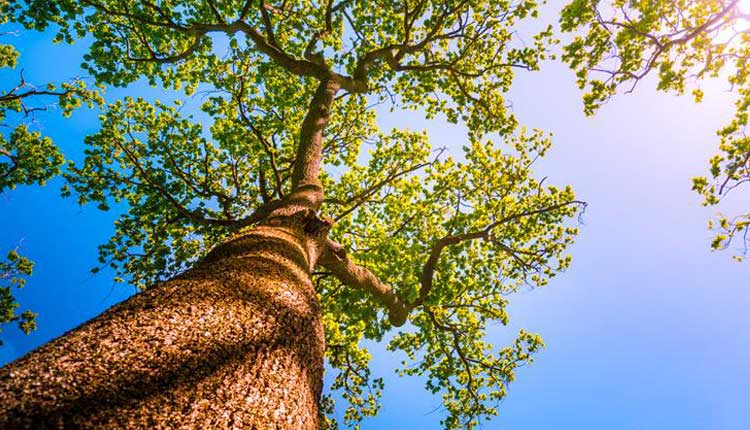New Delhi is the capital city of India and is one of the most polluted city in the World rated by the World Health Organization (WHO). In September 2016, the Govt. of NCT of Delhi decided to declare old trees in Delhi and NCR to be recognised as the “Natural Heritage” or the “Heritage Trees”.
The list includes the trees which have survived for more than 100 years and the trees like Jamun (Java Plum), Pilkhan (Ficus Virens), Shahtoot (Mulberry), Kadam (Neolamarckia Cadamba) and Bargad (banyan). The Govt. has already recognised 18 threes in Delhi and NCR region.
List of Natural Heritage Trees in Delhi
List of Heritage and Reserved Trees in Delhi are:
- Banyan Tree- Bhikaji Cama Place
- Mango Tree- Lodhi Garden
- Arjuna Tree- Raj Ghat Memorial
- Ashoka Tree- Raj Ghat Memorial
- Salvadora Tree- Qutub Mosque
- Banyan Tree- India Gate
- Ailanthus tree- Tughlakabad
- Neem Tree- Teen Murti
- Ailanthus tree- Nehru Park
- Banyan Tree- National School of Drama
- Banyan Tree- Vera Mission
- Banyan Tree- Katwaria Sarai Central Park
- Somalia Tree- Teen Murti Garden
- Neem Tree- Qadam Sharif Masjid
- Pilkhan Tree- Deer Park, Hauz Khas
- Imli tree- Art Village, Hauz Khas
- Banyan Tree- Jain Muni Dadabari
- Khirni tree- Chirag Delhi Dargah
These trees to be embellished with historical, descriptive signboards to spread awareness among the people about the ecological, botanical and historical values of the trees. The sign will also include notice to warn the people against damaging and harming the tree.
(Also See: Places in Delhi to visit the friends and family)
The motive behind tagging the trees as “Heritage Trees” is the encourage tourism and aspire people in building-up greener and cleaner tomorrow.
Efforts by the Govt of Delhi could be a great initiative in conserving trees in the city which is already tagged as the most polluted city in the world by the International Organization, WHO.


